I recently shared a post about a Garden Safari that I went on, at some point last week. I spoke about the joys of sitting in the sun watching the wildlife around me, but the exciting part was how I found a new species of Hoverfly that I had not seen in the garden before. It was really cool to see, and takes the Species Count of the Garden up to an amazing 849 species.
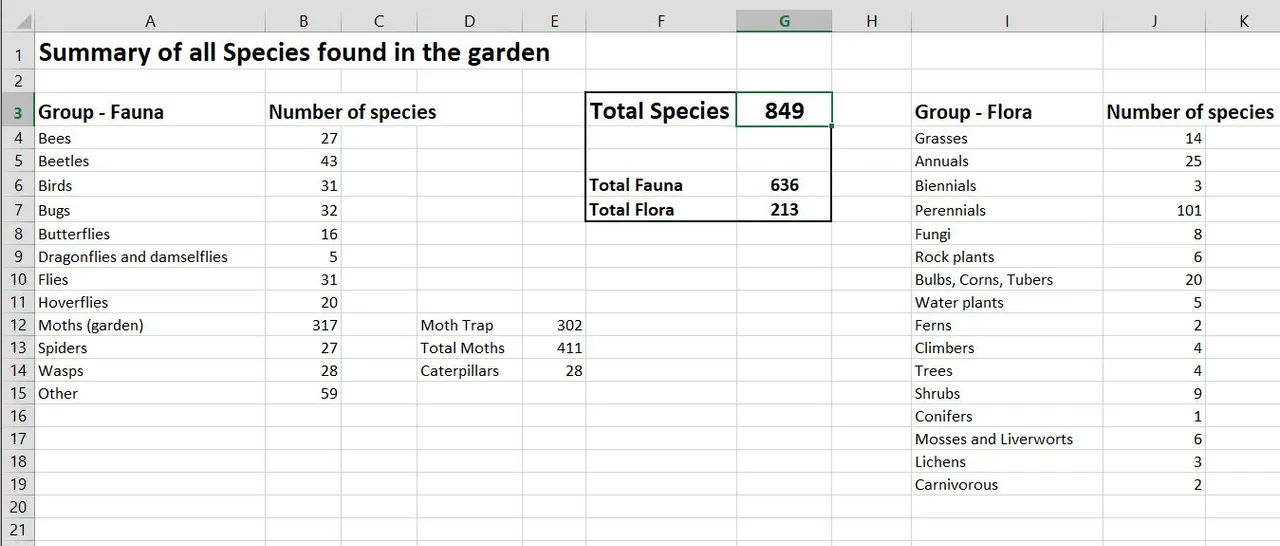
I have written about creating a List of Species in a previous post, but I thought it would be worth the effort to go through it properly and show just how much variety of invertebrates and birds and plants and all sorts of other animals there are to see in the garden.
A few points before we begin:
- I only include species to the list that I am sure of (or had verification from an expert)
- Not all 800 odd species are present in the garden at any one time (obviously) The vast majority are only present for a short amount of time, or even just briefly passing through the area.
- My work (project, hobby, whatever you want to call it) is inspired by a book written by Jennifer Owen Wildlife of a Garden: A Thirty Year Study. The book tells how she spent all her spare time in her garden documenting everything she could see.
Part 1 - Bees and Beetles
Part 2 - Birds and Bugs
Part 3 - Butterflies and Dragonflies
Part 4 - Hoverflies (and other Fly species)
Introduction done: lets get to it!
As you can see from the first chart, out of a total of 849 species of all life seen in the garden, a massive 317 of them are Moths! Thats a huge proportion of species compared to the total.
Why is this?
There are a number of reasons why: Firstly there are a lot of species of Moths that exist in the UK (approximately 2500) whereas spider are at around 600 species and Dragonflies are a mere 56 resident species. Therefore I'm more likely to see more moths.
Secondly, I use a moth trap to actively attract and catch moths, whereas all the others are down to patience and luck. Again this leads to higher moths. Thats all good though, Moths are easily my favourite out of all the insect groups.
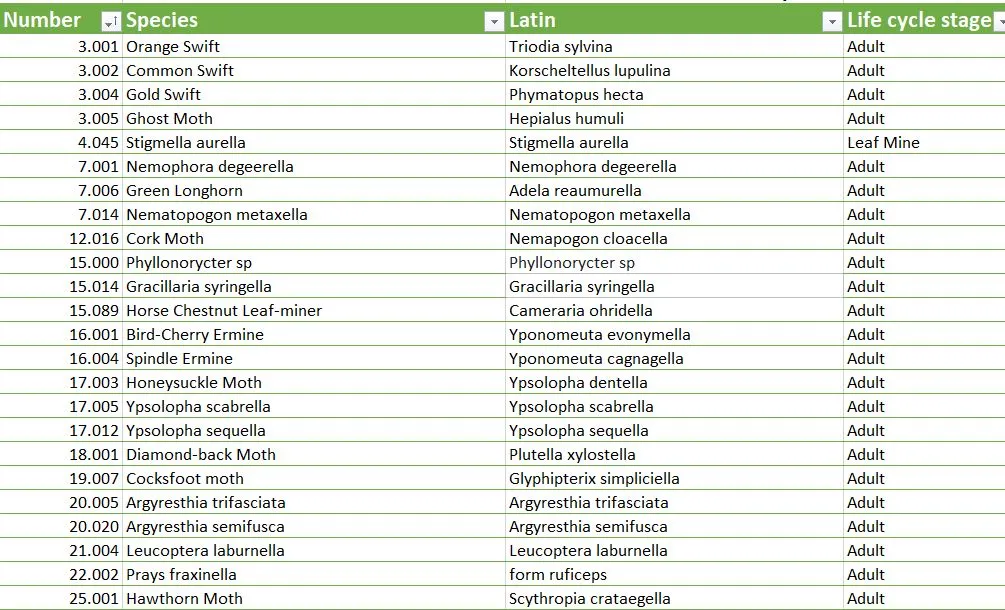
Moths (part of the Lepidopetra Order) - 317 Species
In the table above, you can see that along with the list of each species I have included a Number (e.g. 17.003 - Honeysuckle Moth). This is linked to a check-list of all the species from a Research Paper written by Agassiz et al (2013). You can see the Full List here..
Its a very complicated research paper that basically breaks down the 2500 odd species recorded in the UK into 74 'Families' via DNA analysis. The order is based on the estimated evolution of the various species so a low number like 3.001 refers to a more primitive species and 56.013 is a more 'evolved' species.
Quick background info out of the way, lets take a look at a nice variety of moths!
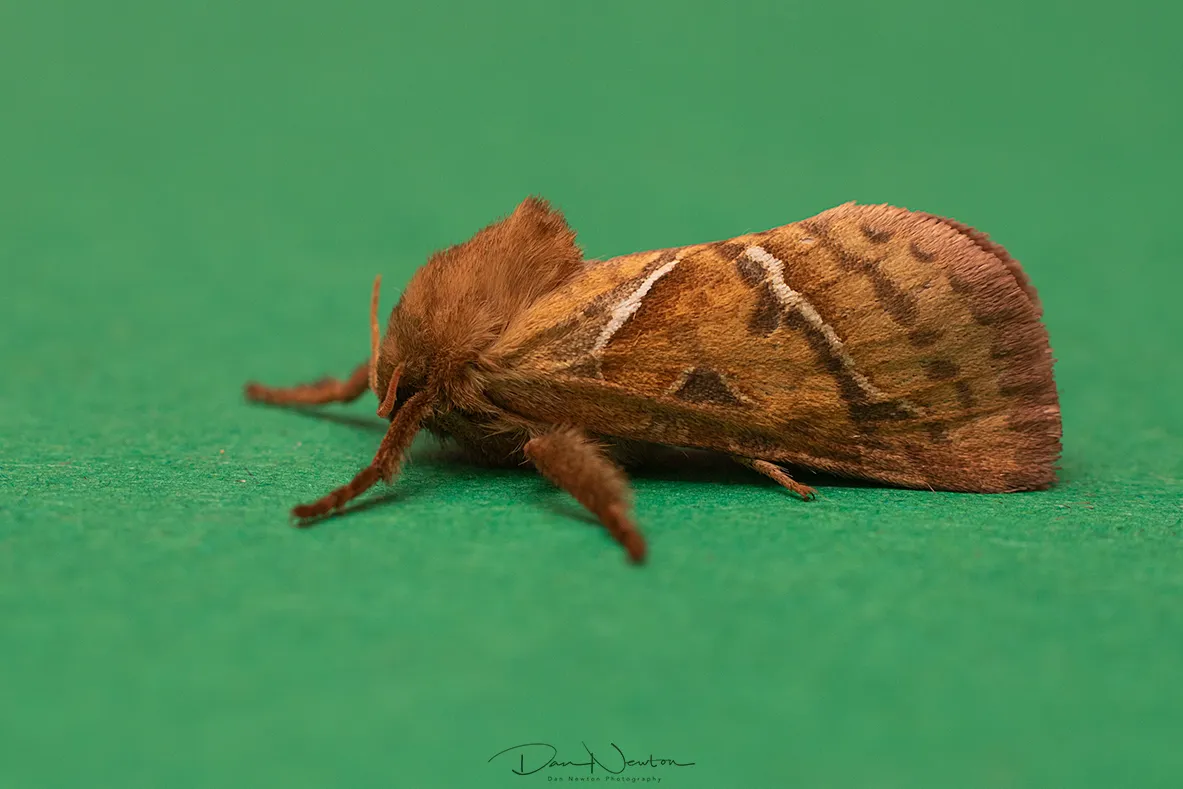
3.001 - Orange Swift Triodia sylvina
The Orange Swift is part of the Hepialidae, one of the more primitive Families of moths. They lack a functioning proboscis, and the females of many species have a curious habit of laying eggs in mid-air and literally scattering them far and wide.
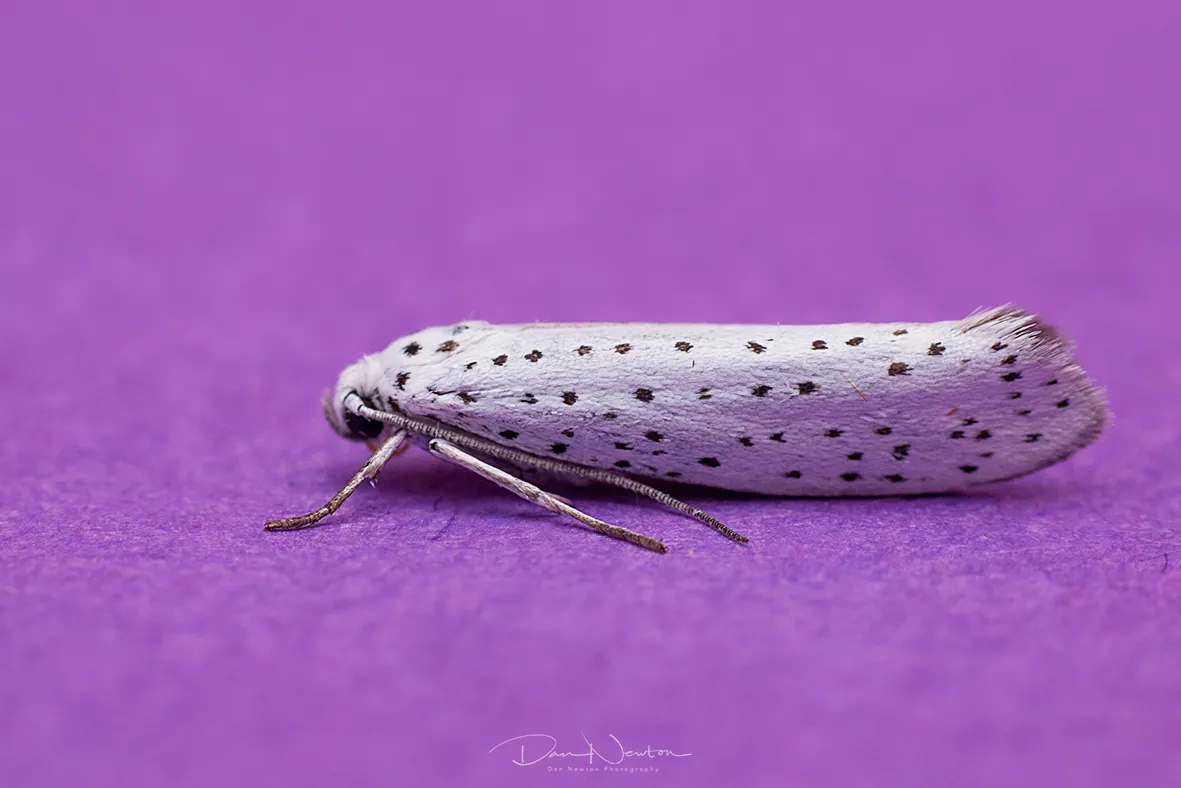
16.001 Bird-Cherry Ermine - Yponomeuta evonymella
This smart looking little moth is part of the Yponomeutidae. Relatively widespread across the UK, and can be a pest on its food-plant.
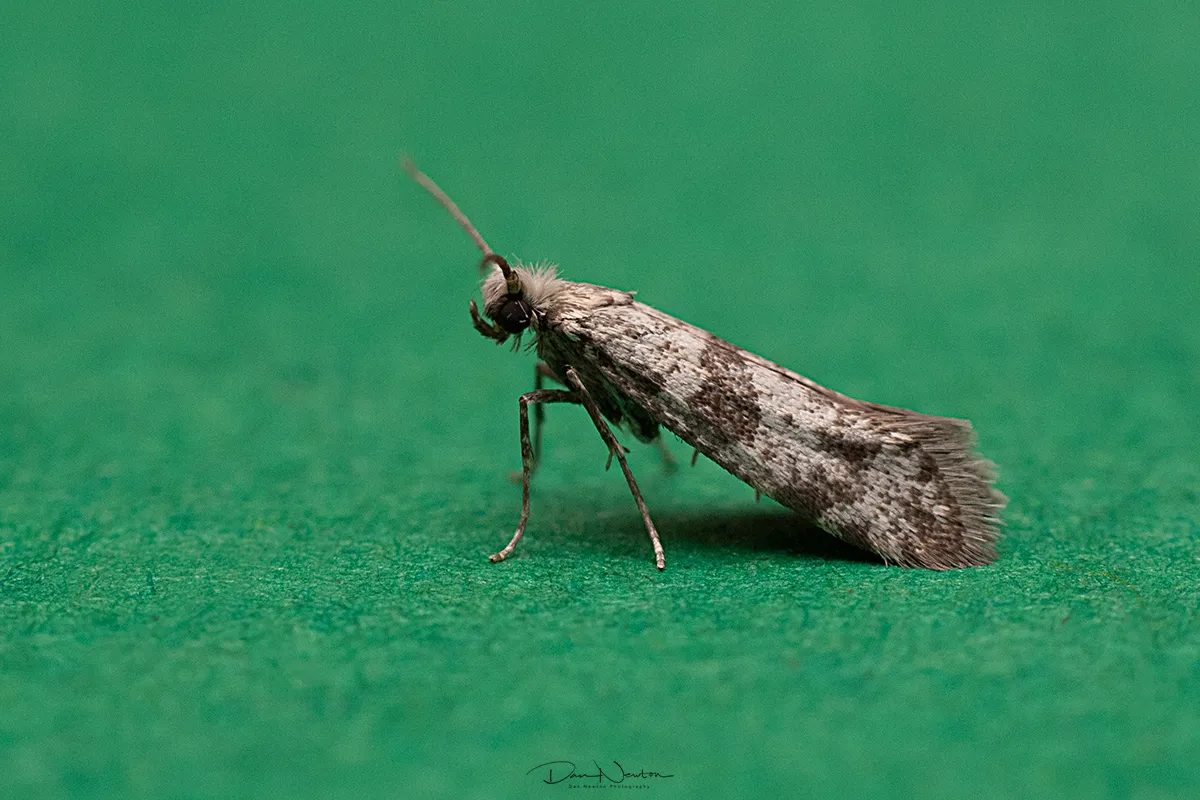
25.001 - Hawthorn Moth Scythropia crataegella
The only member of the Scythropiidae family here in the UK, this micromoth feeds on Hawthorn leaves, hence the common name.
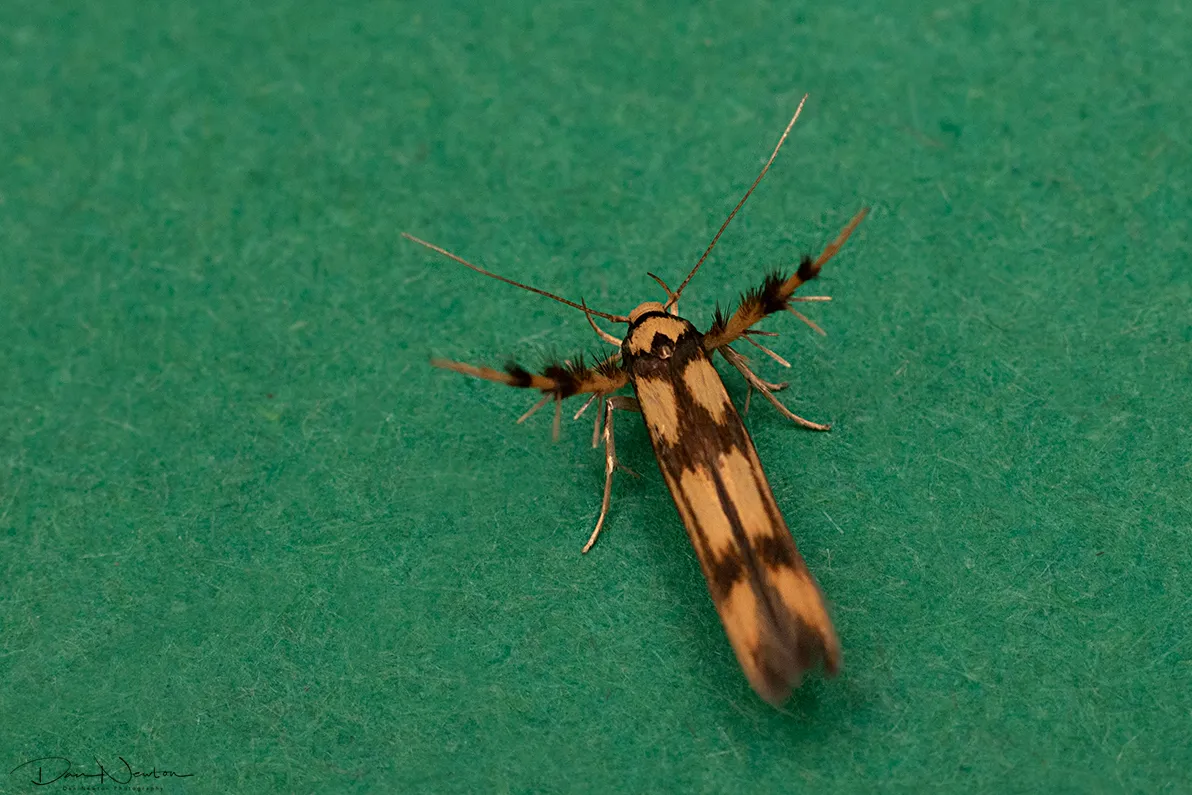
42.002 - Stathmopoda pedella
This funky little moth is part of the Stathmopodidae. In its resting position it chooses to hold its middle pair of legs in the air. No idea why, but it looks prety cool!
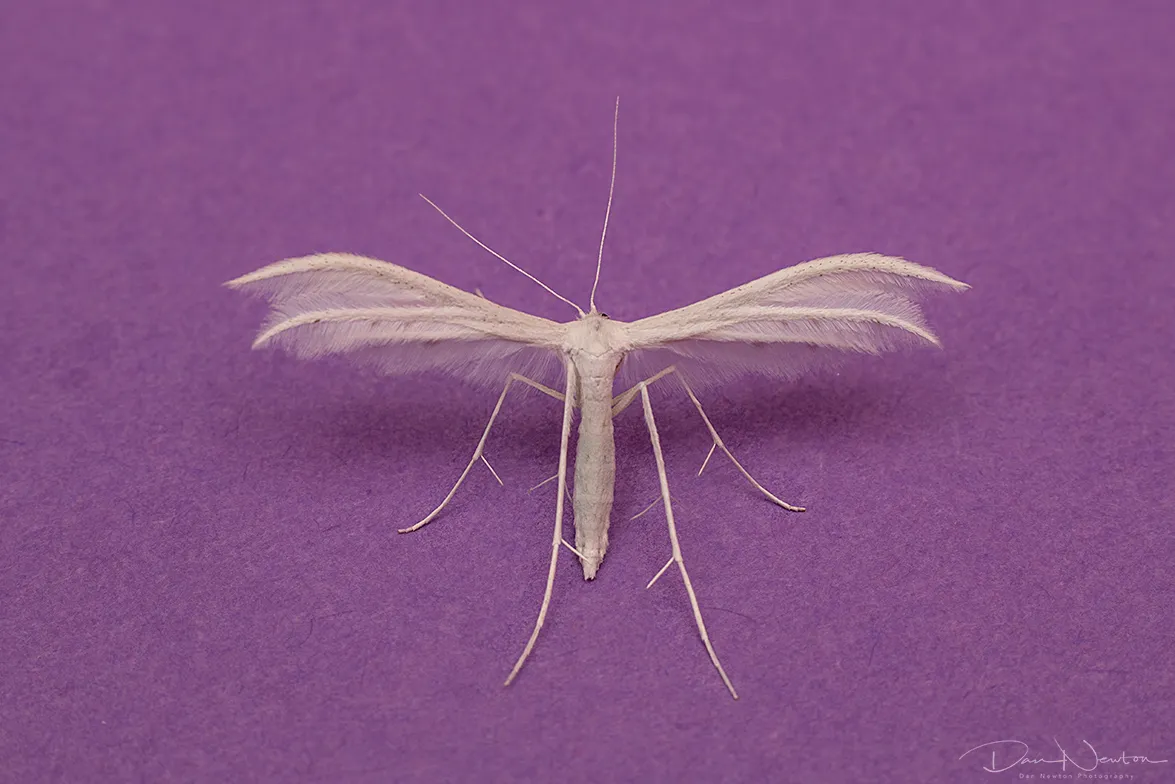
45.030 - White Plume Pterophorus pentadactyla
Another cool looking moth is this plume moth (Pterophorinae)
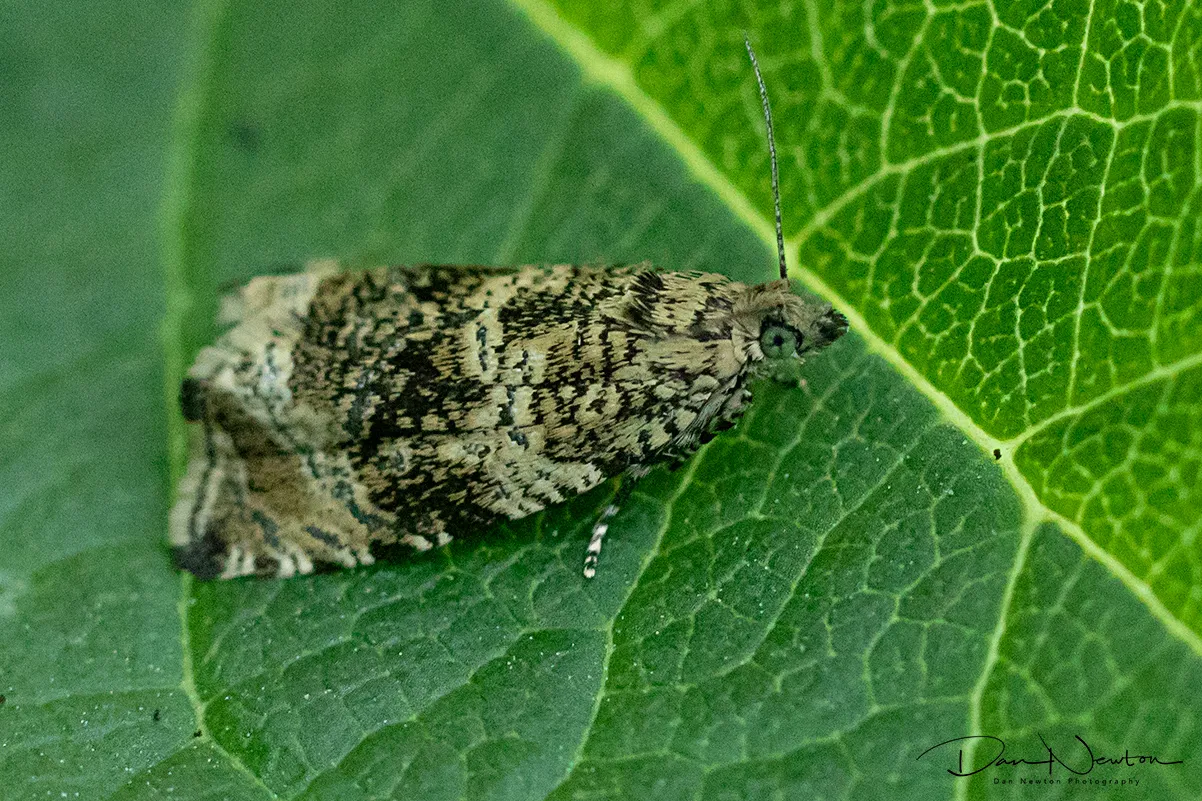
49.166 - Celypha lacunana
One of the Tortricidae, and with 380 members its one of the lrgest families of moths here. Apparently there are over 10,000 members worldwide according to Wikipedia.
The 49th Family is the last of the smaller micro-moths... we can now look at some more interesting looking species...
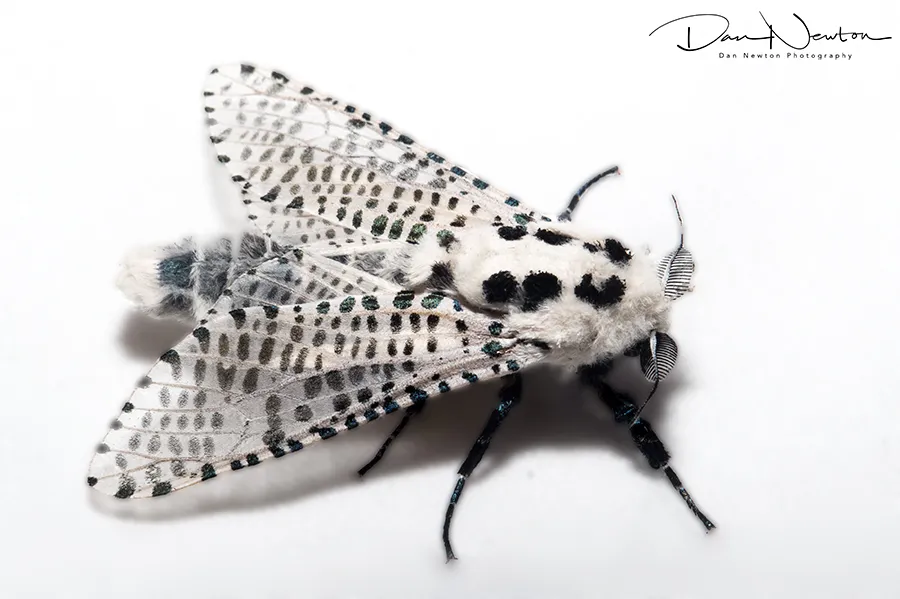
50.002 - Leopard Moth Zeuzera pyrina
...like this Leopard Moth (Cossidae) for example. Excuse the rubbish phot of this. This specimen was seen at one of my first moth trapping sessions, and I was still working on my camera settings and set-up. Rather frustrating, this is the first and only time I have seen this striking moth, and I have not managed to get pictures of one since. Maybe next year eh?
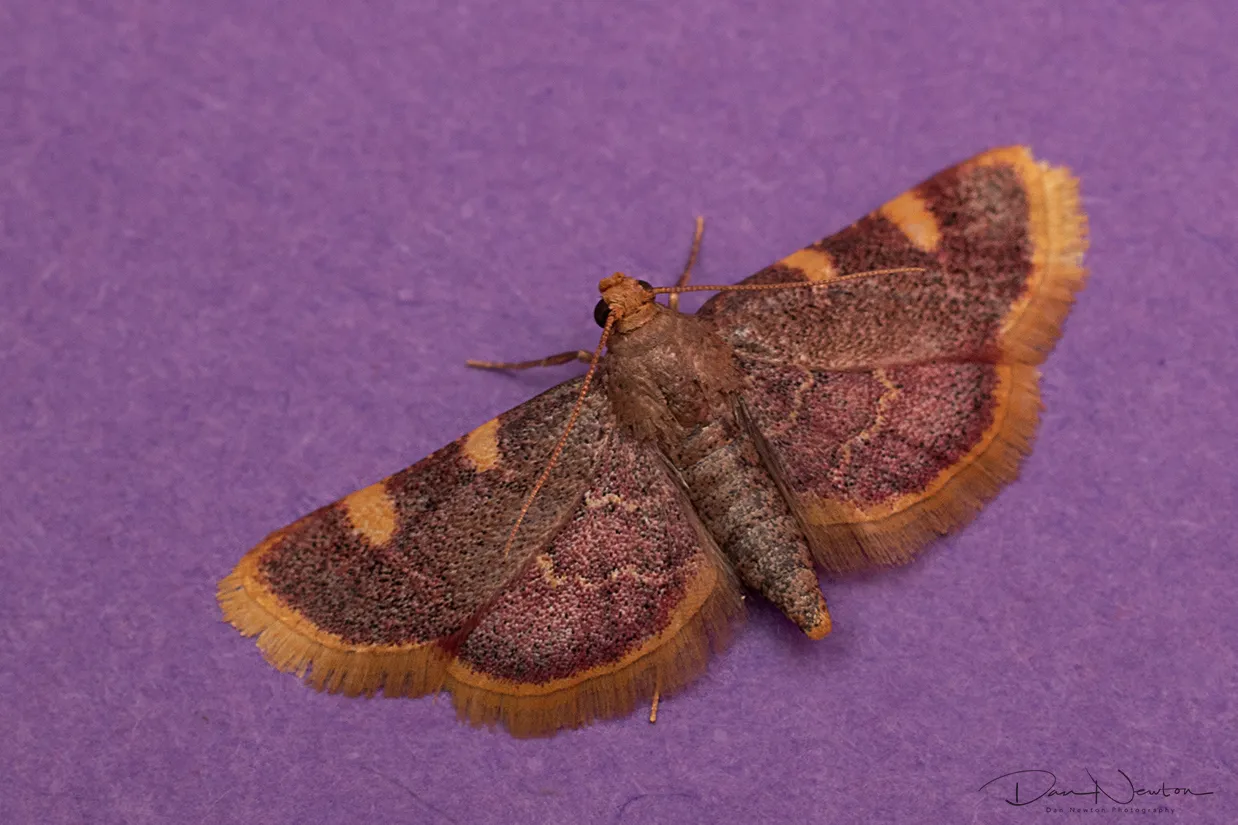
62.075 Gold Triangle - Hypsopygia costalis
This is another species I have only had the pleasure of seeing once, fortunately my photography skills had improved! This member of the Pyralinae family are usually seen at the height of Summer in July
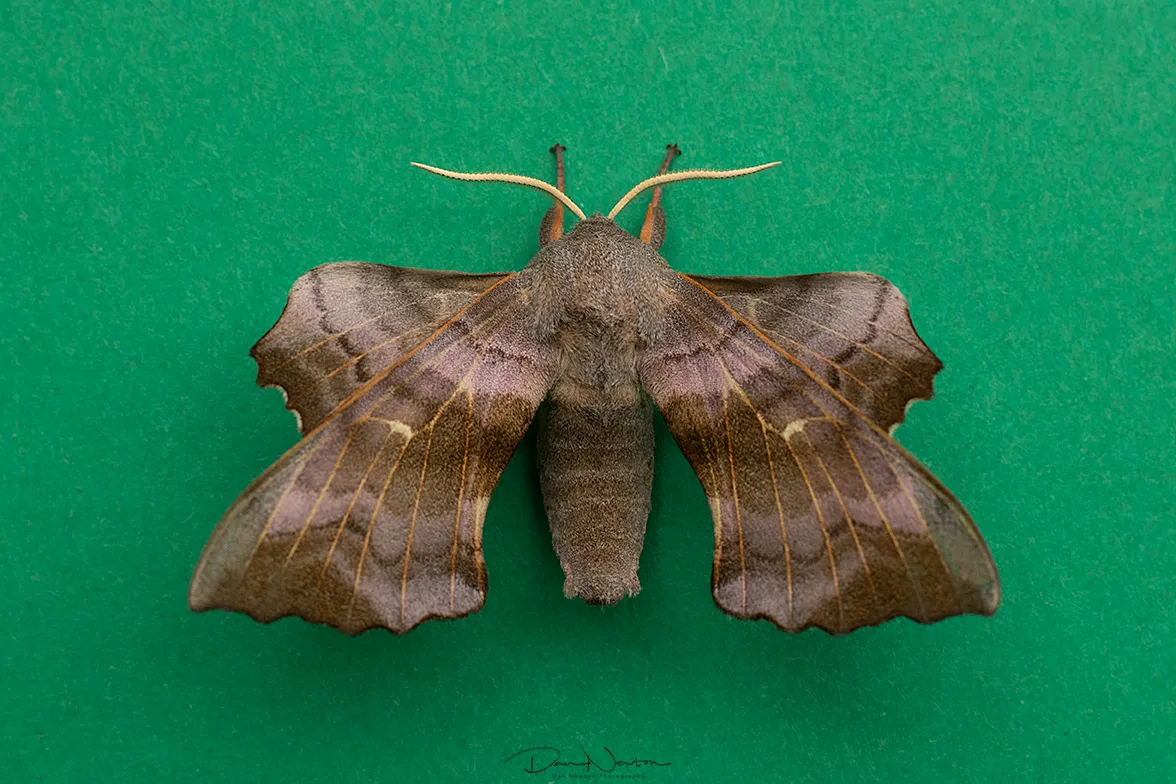
69.003 Poplar Hawk-moth - Laothoe populi
And now we get on to the big guys... the Sphingidae - the Hawk-moths. This is a Poplar Hawk-moth, and one of our larger species of moth. It has an interesting resting position where it holds its rear wings in front of its front wings.

69.006 Privet Hawk-moth - Sphinx ligustri
And then we get onto the Privet Hawk-moth. This is the largest native species we have here in the UK, with a Wingspan between 9-12cm. I can still remember catching my first one. It was about 3AM and I was just about to end the session, when I heard this almighty racket, down near the bottom of the fence. 5 minutes of frantically chasing it around the garden in the dark with a net later and I managed to catch it!
It was amazing to hold him (or her?) in my hand like this.
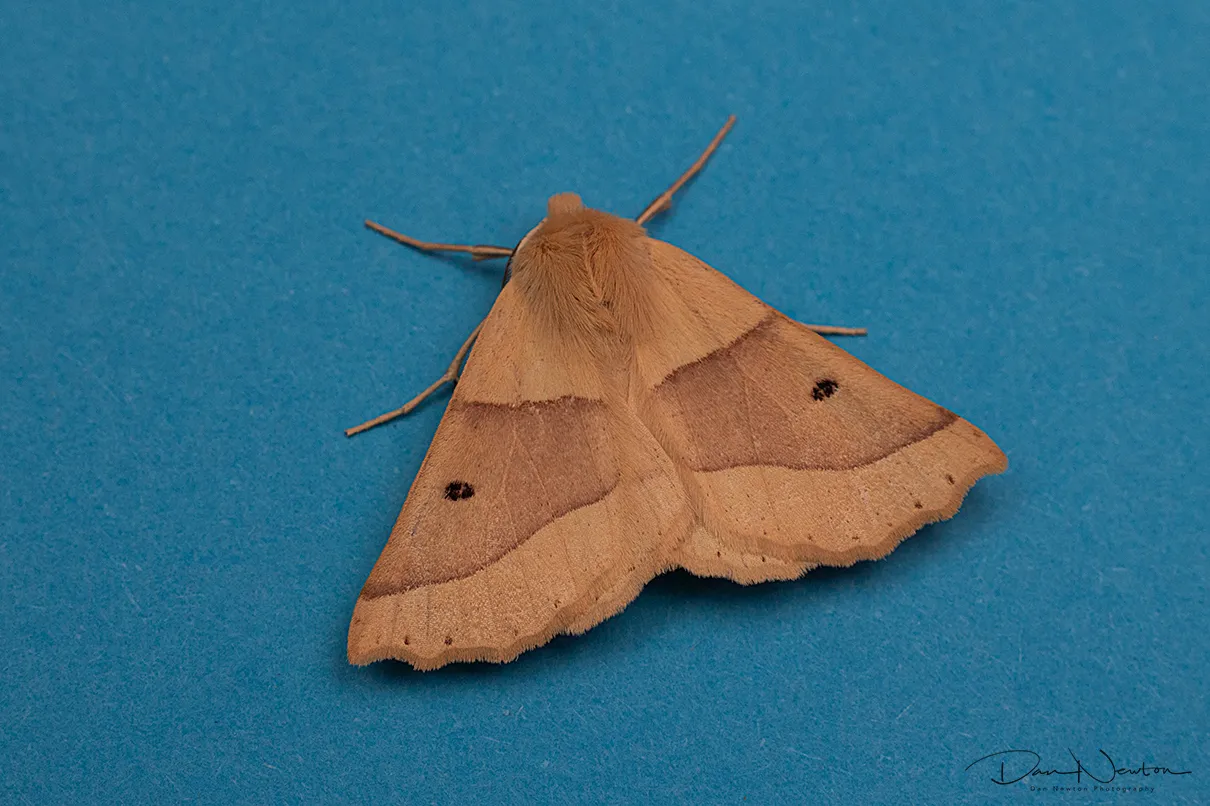
70.241 Scalloped Oak - Crocallis elinguaria
The 70th Family is the Geometridae here represented by the Scalloped Oak..
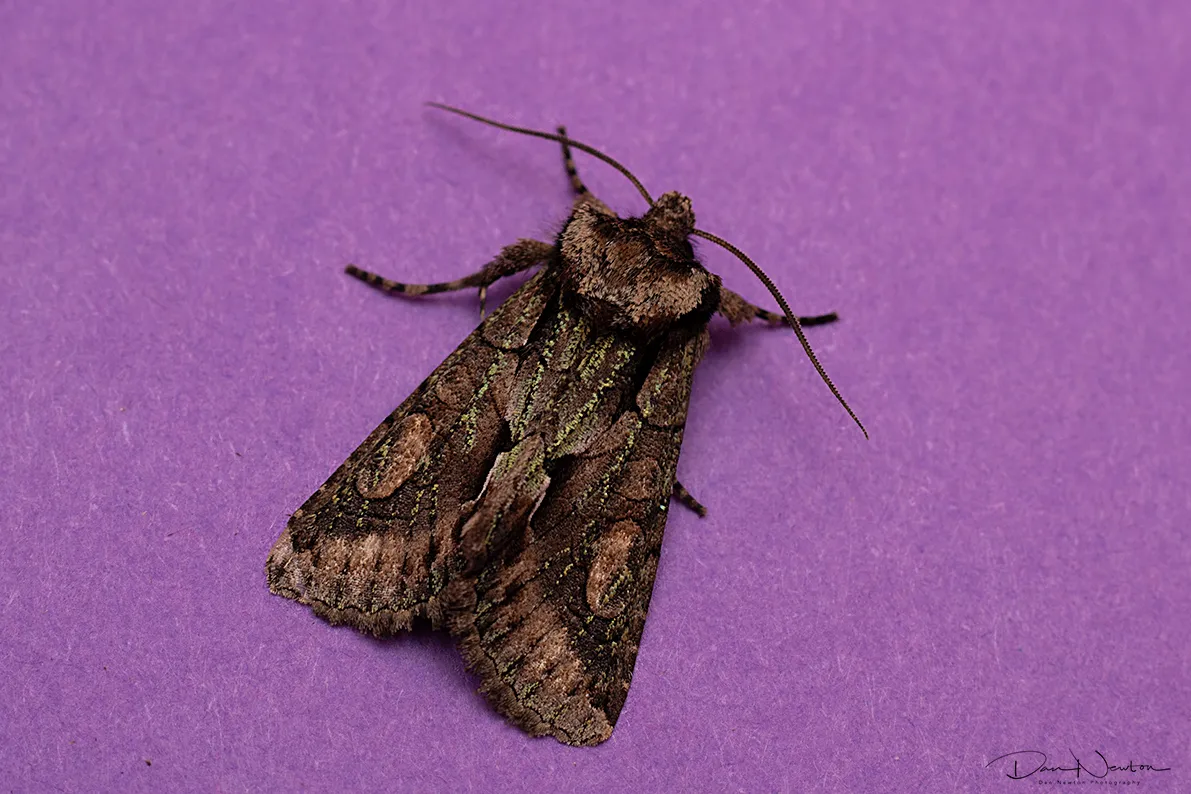
73.068 Green-brindled Crescent - Allophyes oxyacanthae
And the 73rd Family is the Noctuidae here represented by the Green-brindled Crescent.
Both families are large and distinctive and usually easy to identify. The Scalloped Oak is seen flying in the Summer, whereas the Gren-brindled Crescent appears in the Autumn, and is one I hope to see at some point in the next few weeks.
On that note I will finish this instalment. I have missed a few families out, but hopefully this gives you an idea of the sheer variety of moths I have seen just in my garden.
Hopefully you can see that this is a project that I am really interested in. As usual if you have any comments or questions then please write them below
Next week I will continue with the different species of Spiders and Wasps seen. Don't let that put you off, there is a lot of interesting information to look at about these, often mis-understood, creatures.
All names confirmed and checked via Wikispieces

If you have any thoughts or opionions on this article then I'd love to see your comments.
And if you really like the content then maybe you would like to upvote or re-hive it.

Check out my website for more of my work.
Facebook - Instagram - 500px - Redbubble
